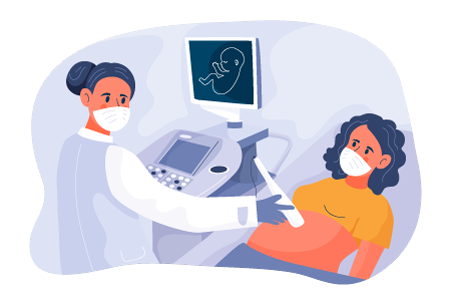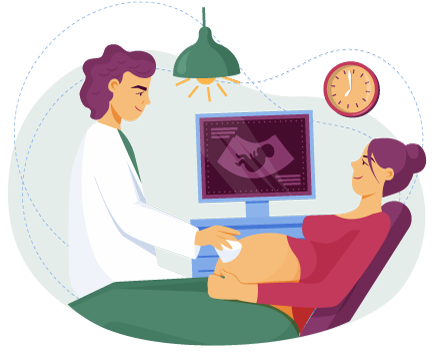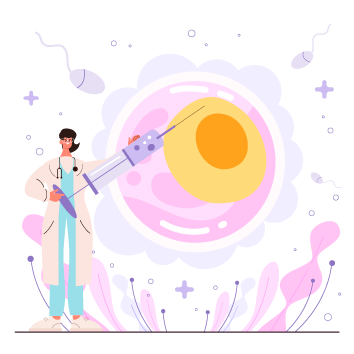
What is LAH (Laser Assisted Hatching)?
Laser Assisted Hatching-LAH is a specialized technique used in conjunction with IVF (in vitro fertilization). It involves creating a small opening in the zona pellucida, the outer shell surrounding a blastocyst-stage embryo. The zona pellucida is essential for embryo development but can sometimes be too thick, potentially hindering implantation in the uterus. LAH aims to facilitate hatching, the natural process where the blastocyst breaks free from its shell to attach to the uterine lining.
Financing Options for LAH IVF
The financial aspect of fertility treatments can be a concern. Here are some potential financing options to consider for LAH IVF:
- Fertility clinics: Many clinics offer payment plans or financing options for IVF and add-on procedures like LAH.
- Medical loans: Certain lenders specialize in medical loans, which can help cover fertility treatment costs.
- Crowdfunding platforms: With proper research and transparency, crowdfunding platforms can be an option to raise funds for treatment.


LAH vs. ICSI
Both LAH and ICSI are techniques used in IVF, but they address different challenges:
- LAH: Focuses on assisting the embryo’s hatching process by creating an opening in the zona pellucida.
- ICSI: Injects a single sperm directly into an egg for fertilization, bypassing the natural fertilization process. ICSI is used for male infertility factors like low sperm count or motility.
LAH Cost with IVF
The cost of LAH is typically an add-on to the base cost of IVF. In Delhi (2024), LAH can range from ₹10,000 to ₹20,000. However, the exact cost can vary depending on several factors, including:
- Clinic fees: The specific fertility clinic you choose may have varying pricing structures for LAH.
- Doctor’s expertise: The experience and qualifications of the embryologist performing the procedure can influence the cost.
Lab fees: The specific equipment and techniques used for LAH can impact the associated lab fees.
Benefits of LAH for Embryo Implantation
LAH offers potential benefits for embryo implantation during IVF:
- Improved hatching: Creates an opening in the zona pellucida, potentially facilitating the embryo’s natural hatching process.
- Enhanced implantation rates: Studies suggest LAH might improve implantation rates, especially for embryos with a thick zona pellucida.
- Increased pregnancy chances: Improved implantation rates can lead to potentially higher pregnancy success rates with IVF cycles.
It’s important to discuss LAH with your fertility specialist to determine if it’s suitable for your situation. They can evaluate your specific needs and explain the potential benefits and limitations of LAH within your personalized IVF treatment plan.

FAQs
2. Alternatives to LAH for IVF?
There aren't direct alternatives to LAH, but other techniques might be considered depending on the situation:
- Blastocyst culture: Allowing embryos to develop for longer before transfer might result in a thinner zona pellucida, potentially reducing the need for LAH.
- Selection of embryos: Choosing embryos with a naturally thinner zona pellucida might eliminate the need for LAH.
3. How Does LAH Work?
LAH uses a specialized laser to create a small opening in the zona pellucida, the embryo's outer shell. This facilitates the hatching process, allowing the embryo to emerge and implant in the uterine lining.
4. Who Can Benefit from LAH?
LAH may be helpful for:
- Thick zona pellucida
- Repeated implantation failures
- Older mothers
However, your doctor will assess your specific situation to determine if LAH is the best approach.
5. Does Insurance Cover LAH Treatment?
Insurance coverage for LAH varies widely. It might be partially covered under some IVF plans, but not all. It's crucial to check with your specific insurance provider to understand their coverage details for LAH.
